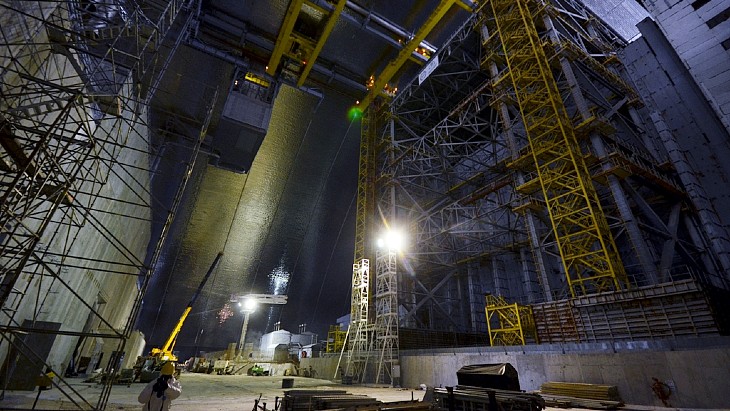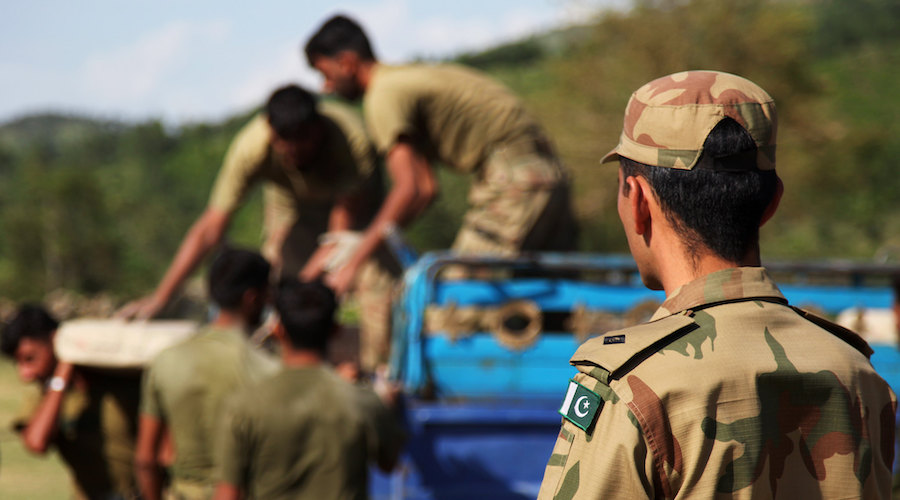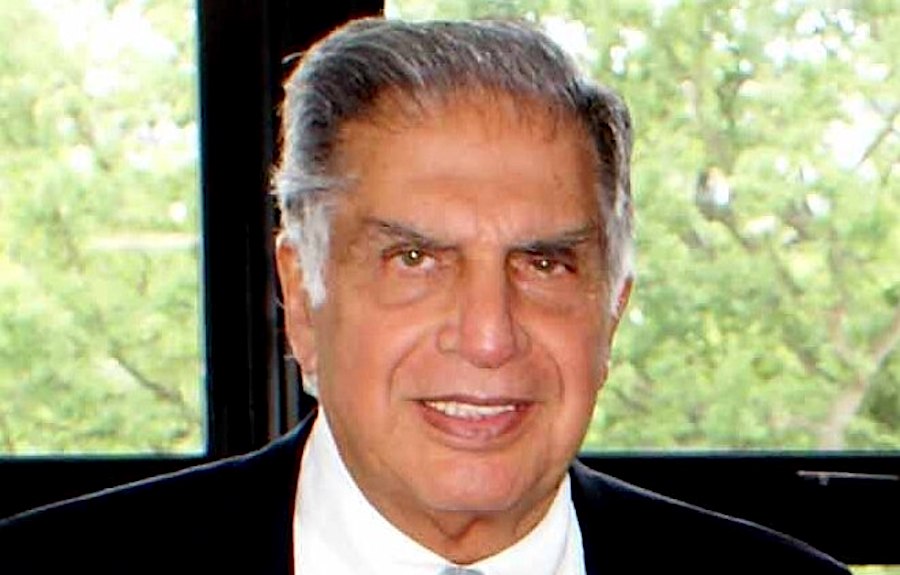Strike-hit Boeing leaves experts puzzled by strategy
By AFP
October 14, 2024

Despite contract negotiations that began in May and intensified in mid-September, the disagreement between Boeing and the IAM machinists' union persists, with relations appearing to be at an all-time low - Copyright GETTY IMAGES NORTH AMERICA/AFP/File STEPHEN BRASHEAR
Elodie MAZEIN
A historic round of cost-cutting measures at Boeing has left experts perplexed and wondering whether the aviation giant, plagued by a month-long strike, is sacrificing its future.
“I’m not sure I see the bigger plan here,” Richard Aboulafia, a consultant with AeroDynamic, told AFP.
“Getting rid of a lot of talent when there’s a serious aerospace talent shortage doesn’t seem like the smartest move,” he added.
The company announced a series of belt-tightening measures and production delays on Friday, as the strike of 33,000 workers has added to Boeing’s litany of problems.
Boeing staff with the International Association of Machinists (IAM) and Aerospace Workers walked off the job on September 13 after overwhelmingly rejecting a contract offer.
Boeing plans to reduce its workforce by around 10 percent over the next few months. It employed almost 171,000 people by the end of 2023, including 41,000 outside the United States.
“There may be some fat, but the idea that there’s 10 percent fat, I can’t imagine in what universe that could be true,” said Aboulafia.
According to analysts at TD Cowen, the group is carrying out a “strategic reset” to raise capital and fill its coffers by as much as $10 billion, in the absence of aircraft deliveries.
Boeing has been struggling after the crashes of 2018 and 2019 (346 deaths in total) and the Covid-19 pandemic. The company’s cash position is rapidly diminishing as the strike continues.
Despite negotiations that began in May and intensified since mid-September, the disagreement between the IAM machinists’ union and Boeing persists, with relations appearing to be at an all-time low.
Boeing withdrew its latest offer after a third round of government-mediated talks last week and filed an accusation of unfair labor practice with the federal labor agency (NLRB), matching a similar move by the union in September.
– Need cash –
According to Melius Research, a fundraising effort would “strengthen Boeing’s negotiating position,” as it would remove the urgency of finding an agreement to restart production.
The direct financial impact of the first month of the strike reached $5 billion, including $3.26 billion for Boeing, according to Anderson Economic Group.
The remainder included losses on industry wages, suppliers, Boeing customers and the Seattle area beyond those directly hit by the strike.
Another option for recovering fresh cash is to sell off non-strategic assets, noted TD Cowen, which identified some $20 billion dollars in potential value.
Emirates airline boss Tim Clark told specialist website The Air Current, “Unless the company is able to raise funds… I see an imminent investment downgrade with a Chapter 11 (bankruptcy proceeding) looming on the horizon.”
Negotiations are stalling over pay raises – Boeing has gone from a 25 percent increase to 30 percent over four years, while the union is demanding 40 percent.
The union also wants the reinstatement of a pension scheme that was abolished in 2008, which is a nonstarter for Boeing.
– Siege mentality –
Melius Research suggested that the strike is not really a surprise, as it is “a symptom of a bigger problem.”
Workers feel they have made many sacrifices for Boeing over the past 20 years.
Meanwhile, between 2010 and 2019, the group paid out $68 billion to shareholders in dividends and share buybacks.
Boeing also announced $5 billion in pre-tax charges in the third quarter — to be published on October 23 — partly due to the strike, as well as the halt in production of the 767 Freighter.
The union insisted that “Machinists did not cause” the job cuts or the halt to the 767 program, stating that the walkout was “a direct outcome of poor decision-making by Boeing’s executives.”
For its part, Boeing said: “We really want to reach an agreement that offers our employees better pay and market-leading benefits,” accusing the IAM of making “misleading” statements.
Both sides are “preparing for a siege,” said consultant Aboulafia.






_53645.jpg)




